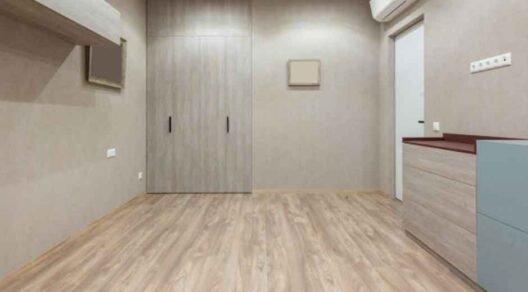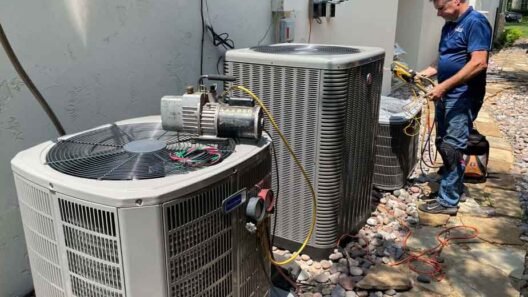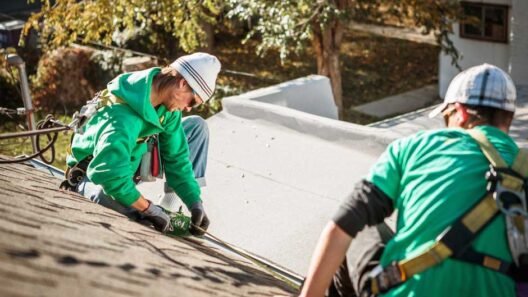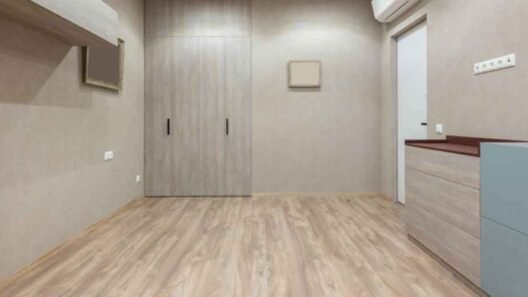Plumbing issues are among the most common frustrations for homeowners. A leaky faucet that never stops dripping, a toilet that won’t flush properly, or a drain that takes forever to clear can all seem like minor annoyances. Still, these small problems often grow into bigger, more expensive repairs when ignored.
Many homeowners underestimate how quickly a small leak or clog can turn into a burst pipe or water damage. Pipes, joints, and fixtures all work together as part of a complex system, and when one element starts to fail, it often creates pressure on the rest. Paying attention to early warning signs helps catch trouble before it spreads through the entire system.
1. Strange Noises Point to Hidden Issues
Hearing odd sounds around your plumbing is one of the earliest clues that something may be wrong. Pipes and fixtures usually operate quietly, so any change in sound is worth noticing. A knocking or banging noise can mean that water flow is being interrupted due to air trapped inside the pipes or loose fittings. Whistling or squealing sounds may point to a faulty valve or high water pressure.
When drains gurgle after water has already gone down, it could mean a blockage or partial clog somewhere deeper in the line. These noises might seem minor, but they often reveal hidden problems within walls or underground pipes.
2. Slow Drains Indicate Deeper Blockages
Slow-moving drains are another early warning sign of trouble. When water takes longer than usual to flow out of a sink or tub, it’s often due to buildup inside the pipes. Hair, soap residue, grease, and food particles can cling to the pipe walls over time, creating a gradual obstruction.
Pouring harsh chemical cleaners might seem like an easy fix, but they can damage the pipes and only mask the real issue. If more than one drain seems slow, the problem could be in the main line rather than a single fixture. It’s always wise to have reliable 24/7 plumbing emergency services on speed dial, because plumbing issues rarely wait for a convenient time to strike. Early professional help ensures that blockages are cleared safely and that small clogs don’t turn into major bursts or backups later on.
3. Sudden Drops in Water Pressure Signal Trouble
A sudden drop in water pressure often feels like a minor inconvenience, but it usually signals a bigger problem. Low water pressure in one faucet could mean mineral deposits have built up inside the aerator. When pressure drops across the entire house, it might point to a leak in the main supply line or a problem with the pressure regulator.
Changes in water pressure can also result from hidden leaks that release water behind walls or under floors. Over time, that moisture can weaken structures and create ideal conditions for mold. Keeping an eye on water flow during showers or dishwashing can help you notice pressure changes early.
4. Small Leaks Lead to Big Problems
A dripping faucet or a tiny puddle near the toilet might not seem urgent, but those small leaks waste a surprising amount of water every day. Even a steady drip can add up to hundreds of gallons a month. Leaks usually occur when washers or seals wear out, but they can also indicate corrosion or loose connections deeper in the plumbing.
Over time, water from these leaks seeps into cabinets, floors, or drywall, leading to stains, warping, or mold growth. Ignoring them means risking long-term damage to your home.
5. Bad Smells Reveal Hidden Drain Issues
An unpleasant odor coming from the sink or bathroom drain often signals a plumbing problem that needs attention. Food particles, grease, and debris trapped in the pipes can start to decompose and release bad smells. If the odor persists even after cleaning, the issue may involve the P-trap, which holds water to block sewer gases from entering the home.
A dried-out or cracked P-trap allows gases to escape through the drain. In some cases, bad odors come from a sewer line leak or venting issue that needs professional repair. Smells shouldn’t be ignored because they often indicate a deeper problem that could affect air quality and sanitation.
6. Discolored Water Exposes Pipe Corrosion
Water that looks cloudy, rusty, or tinted is a clear sign that something isn’t right within your plumbing system. Clean, clear water should flow freely at all times. When water starts to appear yellow or brown, it usually means rust or sediment has built up somewhere inside the pipes. It can happen in older homes where galvanized steel pipes have begun to corrode.
Sometimes the discoloration is temporary, especially after maintenance work in the area or when water lines are disturbed. However, if the problem continues for several days, it could mean the pipes are deteriorating from the inside. Rust particles can affect the color, taste, and quality of the water.
7. Rising Water Bills Suggest Hidden Leaks
A sudden increase in your water bill can be one of the clearest warnings of plumbing trouble. When usage habits haven’t changed, a higher bill usually means that water is escaping somewhere unseen. Leaks behind walls, under floors, or in outdoor lines can go unnoticed for weeks or even months, wasting thousands of gallons of water.
A simple way to check for hidden leaks is to turn off all faucets and appliances that use water, then look at the water meter. If the meter continues to move, water is still flowing through the system even though nothing is running. That movement confirms a leak.
8. Moisture Marks Warn of Concealed Damage
Stains or discoloration on walls, ceilings, and floors often signal water damage. These marks usually appear when moisture escapes through the structure due to leaking pipes hidden behind the surface. Over time, this water can cause paint to bubble, drywall to soften, and flooring to warp.
Even small damp patches should never be ignored. Moisture that lingers inside walls provides a perfect environment for mold and mildew to grow, which can harm both air quality and your health. A musty odor is often the first sign that mold has started to spread.
Plumbing systems are easy to overlook when everything seems to work as expected, but problems rarely appear without warning. Strange sounds, slow drains, bad smells, or unexplained water bills all point to issues that deserve quick attention. Acting early prevents small problems from turning into emergencies that damage your home and drain your budget.
A proactive approach makes a big difference. Listening for unusual noises, watching for leaks, and checking water quality on a regular basis keep your system in good shape. Scheduling periodic inspections from a qualified plumber adds another layer of protection.








